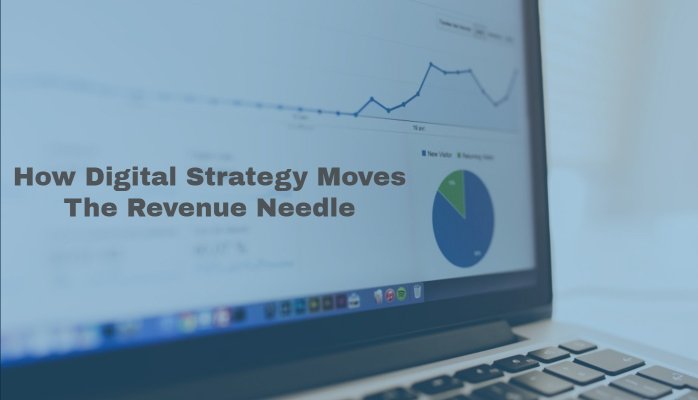Are Design Sprints the Next Silver Bullet?
The Design Sprint is a trending method to speed up product design and development while reducing risk. Formalized at Google Ventures where they could quickly run a product idea through the sprint process and have a solid direction in a week vs. months. Kudos to Google Ventures, Jake Knapp and Jonathan Courtney for refining and formalizing the process and then packaging it for wider use.
As I studied the Design Sprint process and tried it with various clients, I quickly realized it was not much different than the week-long “Rapid Design” sessions we had been doing since the mid 90’s. The difference was they had formalized the process derived from Ideo and other design firms and implemented some key techniques to help reduce discussion time, solidify decisions and foster more independent thinking.
I reflected on a week-long design session in 2005 I held with NASA USA Spaceops, the folks who create the mission control systems for the Space Shuttle. They had a complex problem to solve and needed a viable solution to reduce risk with future launches. The problem was around how the launch team could certify the gimbal thrusters were working properly in the final 10 seconds of the countdown. If wrong and there was a failure, bad things could happen. On the other hand, a ton of time and money would be wasted if they flagged false-positives and scrubbed the launch.
We had a competent team of engineers and product […]



